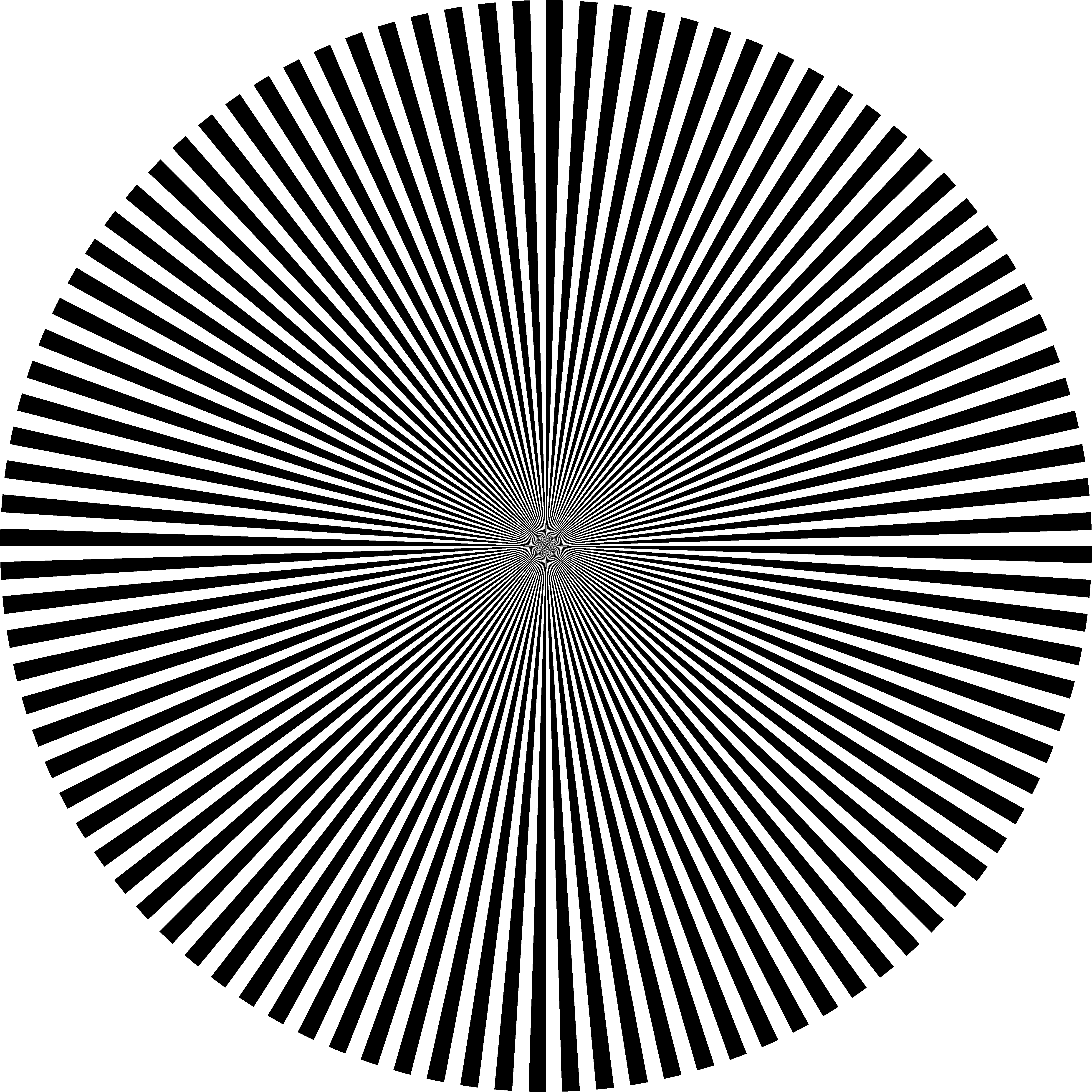

In which the imaginary term represents the phase transfer function (PTF), or the change in phase position as a function of spatial frequency. In general terms, the optical transfer function can be described as : Formula 1 - Optical Transfer Function As an example, a continuous series of black and white line pairs with a spatial period measuring 1 micrometer per pair would repeat 1000 times every millimeter and therefore have a corresponding spatial frequency of 1000 lines per millimeter.Īnother important concept is the optical transfer function (OTF), which represents the ratio of image contrast to specimen contrast when plotted as a function of spatial frequency, taking into account the phase shift between positions occupied by the actual and ideal image. A common reference unit for spatial frequency is the number of line pairs per millimeter. The number of spacings per unit interval in a specimen is referred to as the spatial frequency, which is usually expressed in quantitative terms of the periodic spacings ( spatial period) found in the specimen.

In optical microscopy, signal frequency can be equated to a periodicity observed in the specimen, ranging from a metal line grating evaporated onto a microscope slide or repeating structures in a diatom frustule to subcellular particles observed in living tissue culture cells. This concept is derived from standard conventions utilized in electrical engineering that relate the degree of modulation of an output signal to a function of the signal frequency. The modulation transfer function is useful for characterizing not only traditional optical systems, but also photonic systems such as analog and digital video cameras, image intensifiers, and film scanners.


 0 kommentar(er)
0 kommentar(er)
